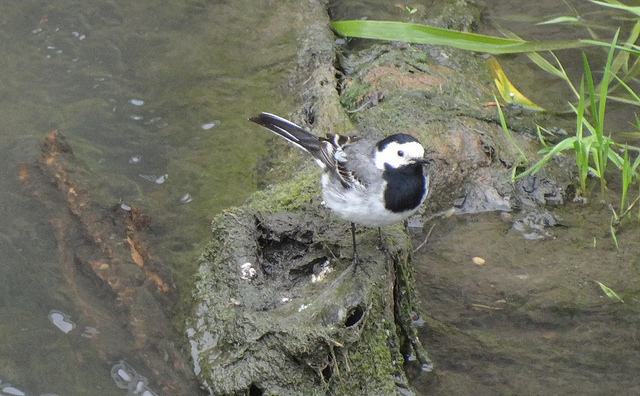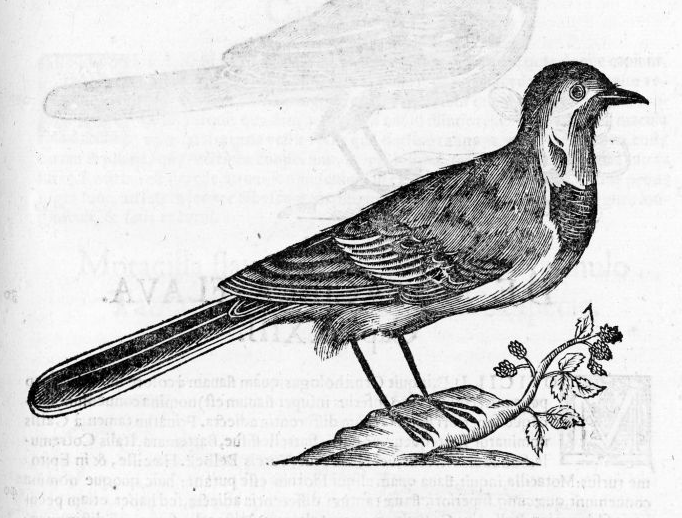
In the eighteenth century, if you wanted to claim universal application for a work of scholarship, there was no better way than to publish in French. Linnaeus knew that, and in the 1756 version of the Systema naturae, he abandoned the vernacular Swedish names of earlier editions in favor of their French equivalents.
The White Wagtail, for example, which had gone under the venerable label “sädesärla,” in reference to its appearance at the time of spring planting, was given a fancy new Gallic name, “la Cavandière.”

Huh? Say what? Or as the Archiater’s French readers might have put it, Comment ça?
An unexpected source — the Oxford English Dictionary — helps resolve the ancient typo. The OED’s entry for “motacilla” includes a citation to John Withals’s Shorte Dictionary of 1553, where he defines the Latinizing term as a “wagtayle, wassher.”
Aha: Linnaeus’s careless printer simply misspelled “lavandière,” a perfectly normal French word for “washerwoman.” A little sniffing around finds that it was used even into the nineteenth century as a common name for the familiar and confiding, stiff-legged little birds of clear streams and countryside. Its English counterparts, “washtail,” “washerwoman,” “molly washer” and so on, are said by Swann to be widely attested “provincial names.” Lockwood tells us that
the constant up-and-down movement of the tail suggest[ed] the battledore once used to beat the washing.
I had to look up “battledore” myself. In any event, though, Lockwood’s explanation is too oblique: the bird isn’t called a “wash paddle,” it’s called a “washerwoman,” and as usual, a careful reading of earlier sources tells us why.

Belon’s 1555 Histoire de la nature des oyseaux is much more straightforward, even earthier:
The Lavandière has its French name from the fact that it is very common along streams, where it constantly moves its tail by bobbing its rump, like a washerwoman who is beating the clothes.
Aldrovandi, quoting Belon, puts it even more pointedly:
Belon writes that in France these birds are called Lavandières, because they tarry at the water’s edge near the washerwomen, or because like them they assiduously shake their rear [podicem assidue agitent].
Two and a half centuries later, Buffon affirms that
the birds seem to imitate with the bobbing of their tail the bobbing that the washerwomen do in performing their work.
That immodest repetitive motion of the hips, so necessary to the laundress’s work, struck some observers as sexually provocative, and in the Middle Ages and the Early Modern, there was a tendency to associate washerwomen with a certain laxity of morals. Indeed, the Middle English word “lavender,” borrowed directly from the French “lavandière,” means both “laundress” and “whore,” and “wagtail” itself, as the OED tells us, was commonly used in the seventeenth century to denote “a profligate or inconstant woman… a harlot, courtesan.”
I’ve found nothing to suggest a direct, conscious transfer of such prurience onto our feathered wagtails, but there is one perhaps suggestive circumstance. Early modern ornithologists repeatedly cited the frequency with which wagtails served as foster parents: as Aldrovandi says,
Albertus Magnus writes that the Cuckoo sometimes lays its eggs in the nest of this little bird, and the author known as Ornithologus reports that birdcatchers in his area have seen cuckoo chicks raised by this same bird.
Makes you wonder, doesn’t it?

